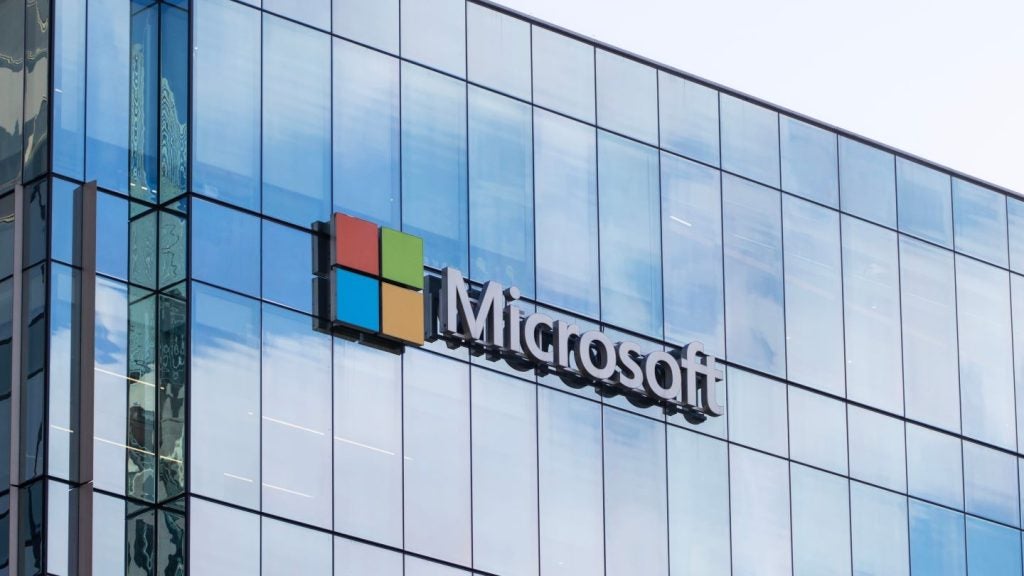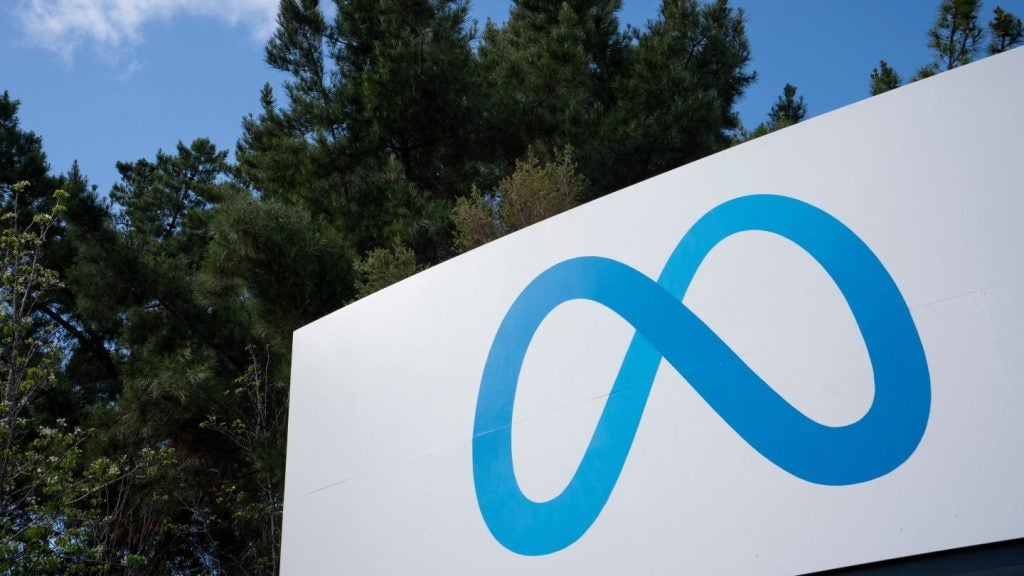There is increasing talk about WiFi 7, the latest version of the ubiquitous wireless standard that boasts over an estimated 19 billion devices in use.
IEEE 802.11be, as the standard is technically known, is still undergoing certification by the IEEE, but the standard is essentially complete with official certification estimated to be coming in H1 2024.
So, what makes WiFi 7 special? Well first, on paper, it is 5-6x faster than WiFi 5 and WiFi 6, with a maximum data rate of 46 Gbps. Although that is only under theoretical optimal configuration, in the real world it will be likely half that speed, just like previous versions of WiFi.
WiFi 7 brings improvements
There is a plethora of other improvements. For instance, multi-link operation (MLO) is the ability to receive on one frequency and then send data back on another, based on certain conditions. So, a WiFi 7-capable AP and end point could communicate one way on 6 GHz and, if more optimal based on traffic conditions, communicate back on 5 GHz. 4K quadrature amplitude modulation (QAM), without getting into the details, essentially allows for much more efficient communication. MLO and 4K QAM, along with other radio features like channel widths of up to 320 MHz, allows WiFi 7 to have not only considerably more reliable connections, but also very low latencies.
There are WiFi 7 access points (APs) available today in both enterprise and consumer markets. These are pre-standard APs that should be upgradable to the full standard with a firmware load when WiFi 7 is finally ratified. Rather than rush out to purchase a new AP, it’s a better idea to wait until the standard is finished and, more importantly, there are end points that can use WiFi 7.
Lack of supporting end devices but a wealth of new features
Today, there are virtually no end devices such as cell phones, laptops and tablets that support WiFi 7. Offering the latest capabilities is great, but it is entirely pointless if there are no devices to take advantage of them.
How well do you really know your competitors?
Access the most comprehensive Company Profiles on the market, powered by GlobalData. Save hours of research. Gain competitive edge.

Thank you!
Your download email will arrive shortly
Not ready to buy yet? Download a free sample
We are confident about the unique quality of our Company Profiles. However, we want you to make the most beneficial decision for your business, so we offer a free sample that you can download by submitting the below form
By GlobalDataFurthermore, early implementations often have limitations or bugs that may or may not be rectified via a firmware patch.
Overall, WiFi 7 brings a staggering wealth of new features that, when you cut out all the jargon, make WiFi safer, faster, and lower latency than ever before. But keep in mind, later in 2024 – when the standard is ratified and there are more end devices that use WiFi 7 – will be the time for enterprises to start seriously considering deploying WiFi 7. In the interim, WiFi 6 or WiFi 6e are great upgrades to older WiFi 5 systems. And fear not, WiFi 7 is backwards compatible with previous versions of WiFi.








